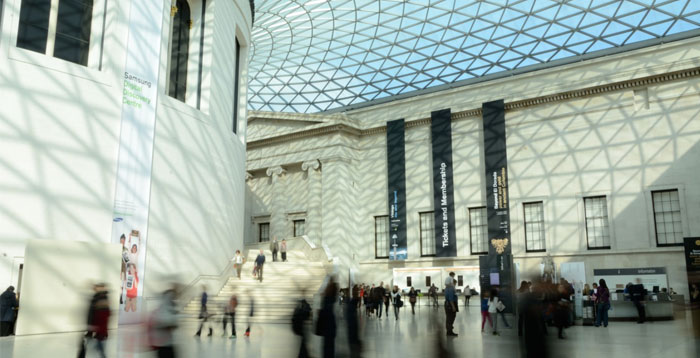What are Fire Curtains?
Fire curtains and smoke curtains are, as their names suggest, curtains that prevent the damage and threat from heat and smoke in the event of a fire.

Fire curtains and smoke curtains are, as their names suggest, curtains that prevent the damage and threat from heat and smoke in the event of a fire.

Fire curtains originated in theatres. Initially, they were a simple safety curtain, sometimes referred to as an iron in many British theatres. This curtain was required to separate the audience from the potential dangers that lights and other equipment located in the wings could present to the audience should a fire break out. This traditional form of fire curtain still exists and can be seen in many modern theatres before any performance or at the interval.
Since then, fire curtains have evolved. Today, they come in all shapes, sizes and materials and are found in commercial, public and domestic properties.
Fire curtains and smoke curtains are linked to a building’s fire alarm system, or have their own fire or smoke detectors attached, and when this is triggered the curtain is automatically deployed. There also is a manual functionality which allows for regular testing.
Traditionally, smoke and fire curtains are made from E-glass and fibreglass fabrics. This type of basic glass fibre cloth can withstand temperatures of up to 600°C.
However, recent research into fire resistant materials has led to glass fibre fabrics being woven with a metal thread. This adds strength, resistance to flex fatigue and increases the temperature resistance to 1000°C.
Different weaves in both fire and smoke curtains are matched with different coatings to offer a variety of properties. This means that both can be suitable for a range of applications. It is this adaptability that allows Coopers Fire to offer fabrics that are custom-made to suit every application or system. These include:
Open plan designs are often the most challenging. They involve the removal of non-loadbearing walls, which often act as a fire barrier via compartmentation of a room or corridor.
The removal of such a wall means there is no longer a barrier in place to stop, slow or prevent entirely the spread of a fire or accompanying toxic smoke. Consequently, designers and architects have difficulty reconciling open space plans with fire safety regulations. Current regulations state that all properties must not only provide occupants with a clear and effective means of escape but also, where required, provide a way of restricting a fire in order to contain the spread.
This is proving a problem: Open space designs are necessary for the functionality of many public and commercial spaces and rising in popularity in many domestic settings.
Smoke curtains and fire curtains provide the all-encompassing solution.
Their ability to compartment a room, corridor or space and offer reliable boundary protection has afforded designers to replace non-loadbearing fire walls and doors, fire doors, fire rated glazing, and sprinklers to achieve modern and safe open plan environments.
Additionally, both types of curtain can be discreetly installed in the ceiling or above window and door frames. This makes them equally invisible, safe and reliable.
Large open spaces are essential for the functioning of many public buildings and without them many would not work. For instance, buildings such as museums, galleries and theatres rely on large spaces as their key benefit and it is the flexibility this space brings that enables them to function the way they do.
The role of a fire curtain is to segregate a fire in a building or large room, allowing successful evacuation of the space. This makes them an ideal solution for public properties that feature large, open rooms.
Coopers Fire has been lucky enough to provide fire protective barriers in the nationally iconic British Museum. Coopers installed the FireMaster® Fire curtain and FireMaster® Plus² Fire curtain. These act to protect laboratories and a collection of nationally important pieces and also prevent the spread of fire and smoke to allow the safe evacuation from the museum.
Coopers Fire worked with The British Museum’s appointed contractors to ensure that fire regulations were met without compromising the building’s necessary open plan designs. Coopers ensured that the fire curtain systems remained sympathetic to the property’s design by concealing the curtains, where possible, or using the round headboxes designed specifically for this project.
To read about this specific case study in more detail please click here (featured above), or, alternatively, view other case studies here.
Coopers Fire’s fire curtains are recognised as the modern alternative to firewalls, doors and glazing and offer designers the freedom to design modern, open plan spaces without compromising fire safety. Please note, we are happy to provide all CAD drawings to help designers in the design phase.
Coopers Fire’s wide range of BS EN certified fire curtains and smoke curtains work with every building and in every possible application. Our systems are also tested to UL standards and listed through Intertek.
If you want to discuss your options further, please visit our fire curtains page or contact us directly.